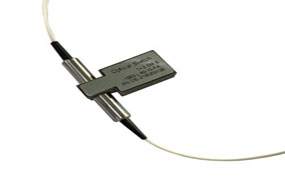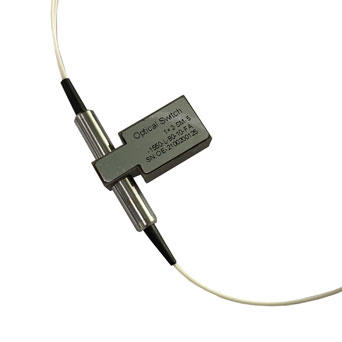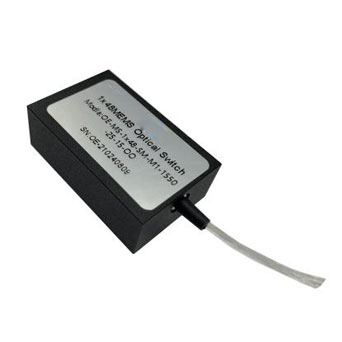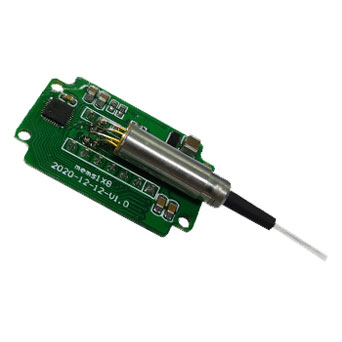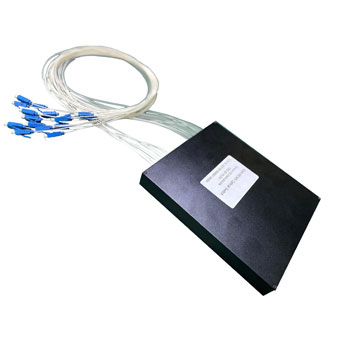Optical switches are essential in fiber-optic communication systems, especially in large-scale telecommunication networks and data centers. They are used for network protection, optical signal routing, testing, and monitoring. Other applications include optical cross-connects, reconfigurable optical add-drop multiplexers (ROADMs), and optical circuit switching in high-performance computing.
Optical switches control the flow of light signals in fiber optic networks, using optical principles to switch signal paths. They are mainly used in communication systems.Electrical switches control the flow of electrical signals in circuits, using electronic components like transistors and relays. They are widely used for controlling power in household and industrial systems.
The main difference is that optical switches handle light signals for communication, while electrical switches manage electrical signals for power control.
The main difference between mechanical and MEMS-based optical switches lies in their working principles and performance:
Mechanical optical switches use physical devices like motors or relays to move fibers or optical components, making them slower and larger, with lower integration.
MEMS-based optical switches use micro-electromechanical systems (MEMS) to move tiny optical elements with electrostatic or electromagnetic forces, offering faster switching, smaller size, and higher integration.
MEMS switches are better for high-speed and large-scale applications, while mechanical switches are used in less speed-sensitive scenarios.
When selecting an optical switch, key factors to consider include the type of switch based on application needs, performance parameters like switching speed, matrix size, and reliability, as well as environmental conditions such as temperature, dust, and light interference. Proper installation and configuration are crucial, along with regular maintenance to ensure optimal performance. Additionally, the switch should have good electromagnetic compatibility to prevent interference in complex environments. These factors ensure the switch meets specific requirements and performs effectively.
An optical switch directs light signals between specific ports, allowing dynamic routing based on network needs. In contrast, an optical splitter divides a single light signal into multiple paths without the ability to control or direct the signal. Switches are useful for selective routing, while splitters are typically used for broadcasting the same signal to multiple destinations.

 EN
EN

